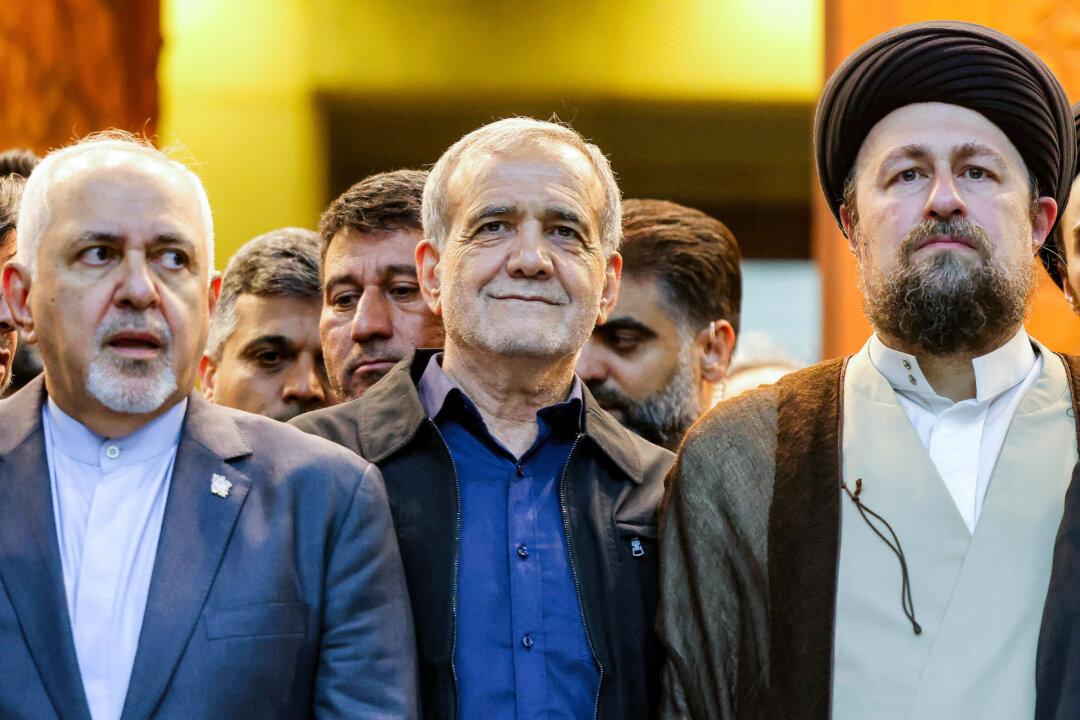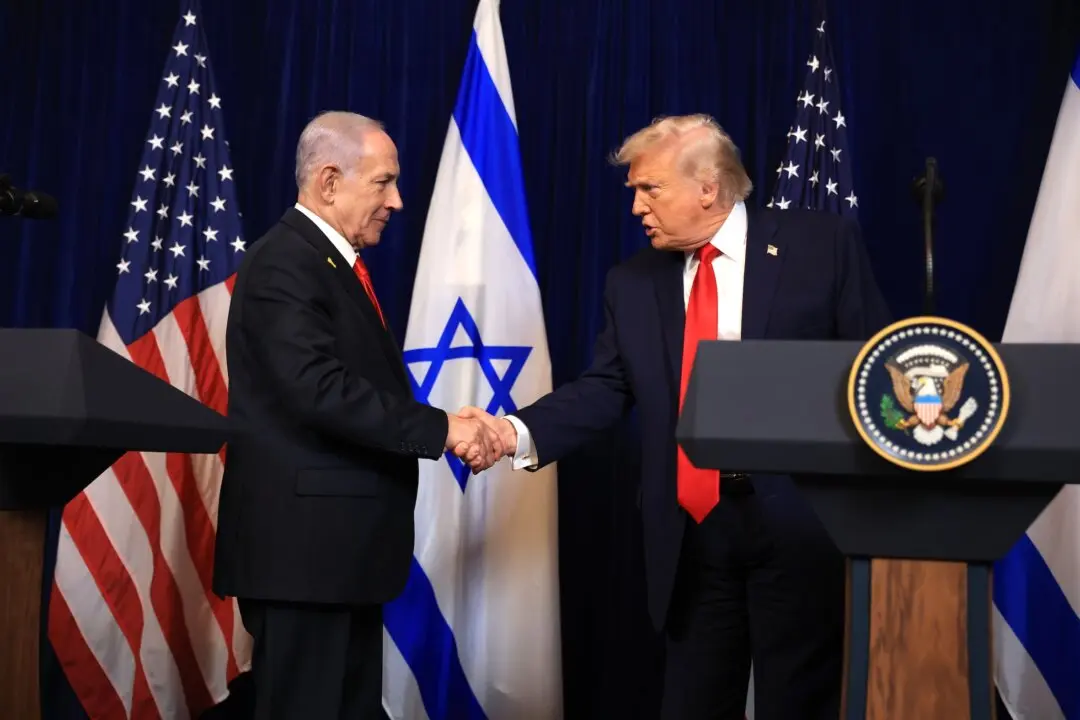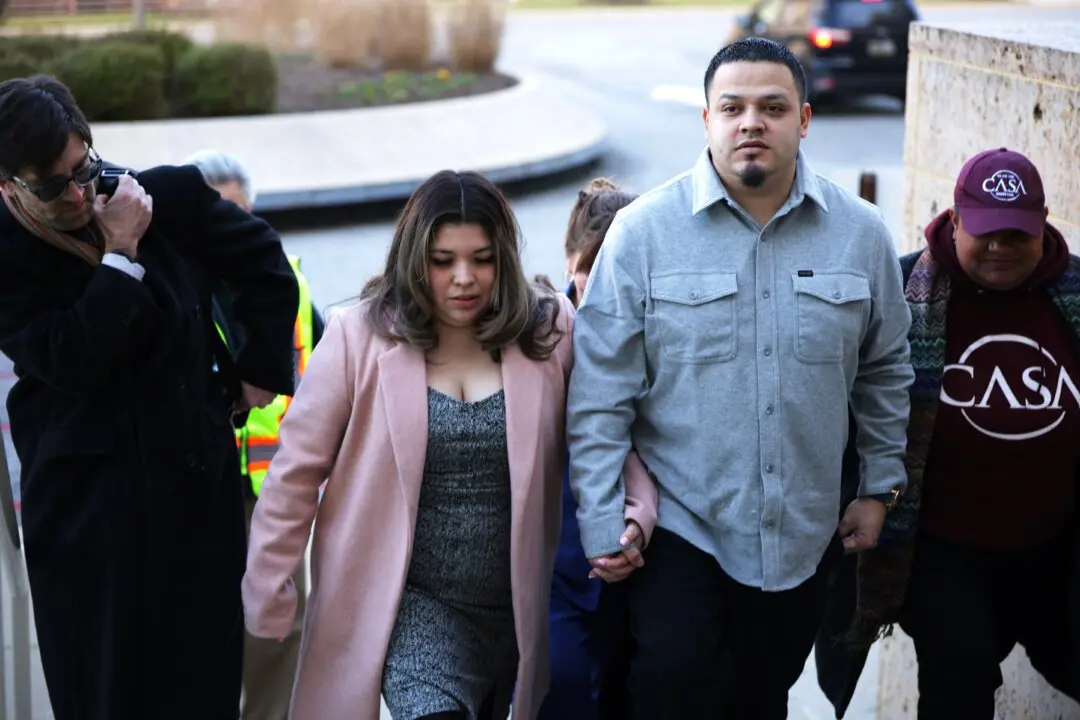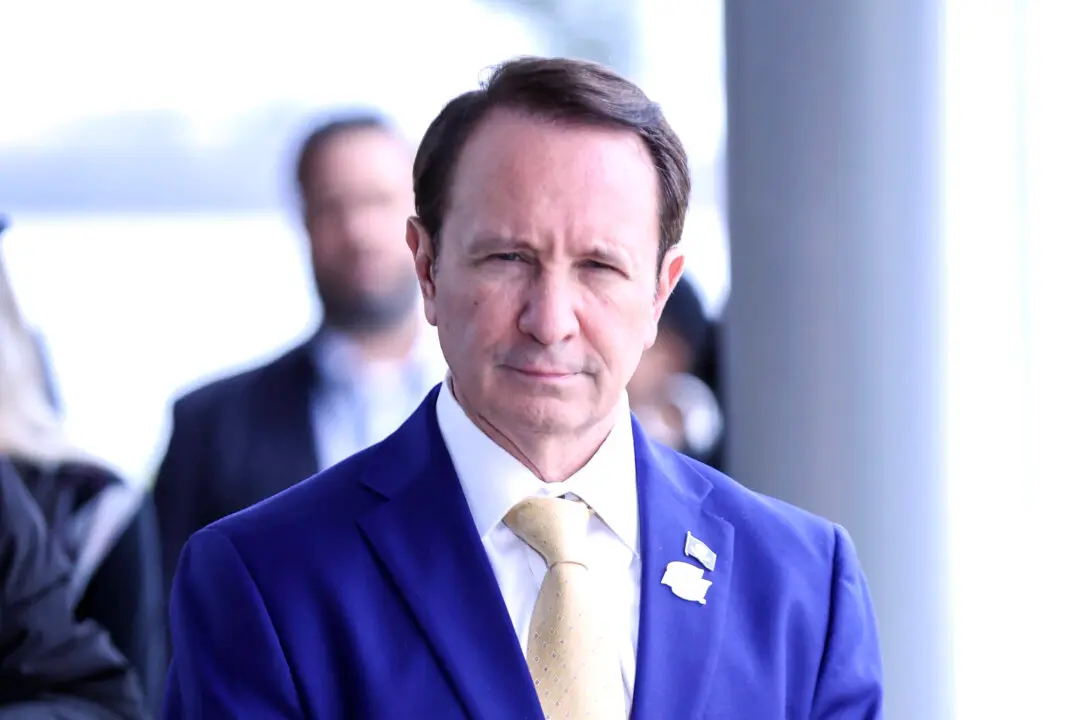Iran’s electoral authority announced on July 6 that Masoud Pezeshkian of the regime’s “moderate” faction has won the presidential election in the Islamic Republic.
The election came 50 days after President Ebrahim Raisi of the hardline Islamic conservative faction, accompanied by numerous officials, died in a helicopter crash, leaving his first vice president, Mohammad Mokhber, as interim president. Before the crash, an election hadn’t been due until 2025.





